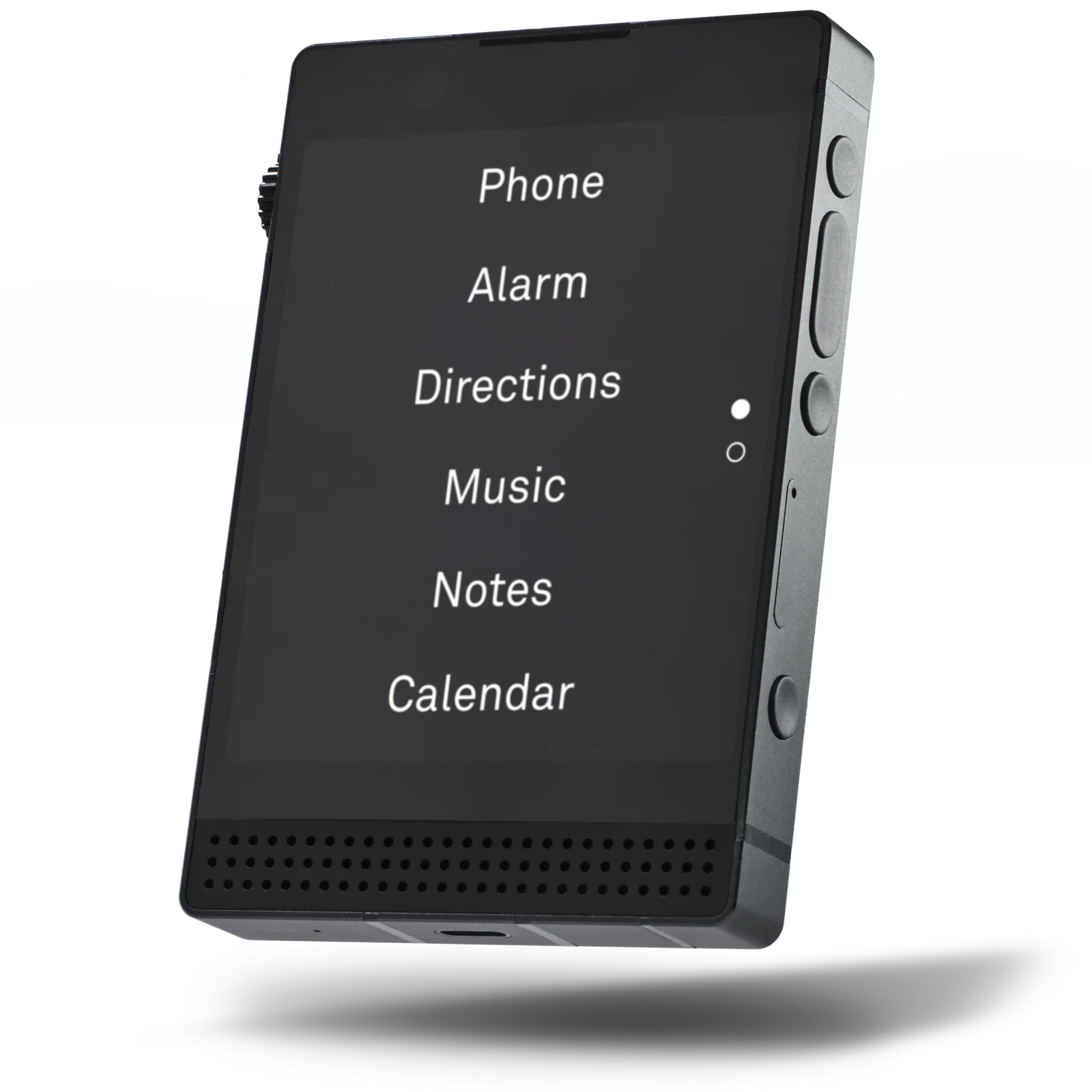The Origins of the Light Phone
In an era dominated by smartphones packed with endless features, the Light Phone series was born as a response to digital overload. Founded by Joe Hollier and Kaiwei Tang, the company’s mission was to create a device that prioritized intentional phone use over the distractions of social media, notifications, and web browsing. The original Light Phone, released in 2017, was as minimal as it gets—a device that could only make and receive calls.
The Light Phone II: A Step Toward Functionality
The Light Phone II, released in 2019, retained the minimalist ethos but added a few essential features. It introduced texting, an alarm, a simple notes function, and a headphone jack, all while utilizing an E Ink display to reduce eye strain. The user experience was largely positive, with many appreciating the phone’s ability to promote a more mindful digital lifestyle. However, some users found the device too limiting. The lack of navigation tools, a camera, and improved hardware were common pain points.

What Users Wanted in the Light Phone 3
As the minimalist phone movement grew, users voiced their desires for subtle yet meaningful upgrades in the next iteration. Many wanted a better display for readability, a camera for occasional use, and improved connectivity while maintaining the core philosophy of distraction-free communication. Battery life and speed were also major areas of concern, as the Light Phone II sometimes felt sluggish compared to modern smartphones.
The Light Phone 3: Bridging Minimalism and Modern Needs
Released in March 2025, the Light Phone 3 brings several upgrades without straying from its core mission. Notable features include:
- A 3.92-inch OLED display, replacing the previous E Ink screen for better clarity and responsiveness.
- Front and rear cameras, addressing one of the biggest user requests while keeping photography capabilities basic.
- 5G and 4G LTE connectivity, ensuring faster and more reliable network access.
- A fingerprint sensor, enhancing security while maintaining a simple user interface.
- USB-C charging and NFC support, making the device more adaptable to modern tech standards.
Despite these upgrades, the Light Phone 3 remains free from social media, an internet browser, and an app store—sticking to its roots of offering a phone that is truly “light.”
Current Reception: A Polarizing Innovation
The Light Phone 3 has garnered mixed reactions. Longtime fans appreciate the improved usability while maintaining the minimalist experience. Many have praised the OLED screen for enhancing readability and the camera for adding just enough functionality without being a distraction. However, some critics argue that the device’s $799 retail price is steep for a phone that still lacks many mainstream features.
Overall, the Light Phone 3 represents a thoughtful balance between modern necessities and digital well-being. While it may not be for everyone, it offers an intriguing alternative for those looking to simplify their relationship with technology.
